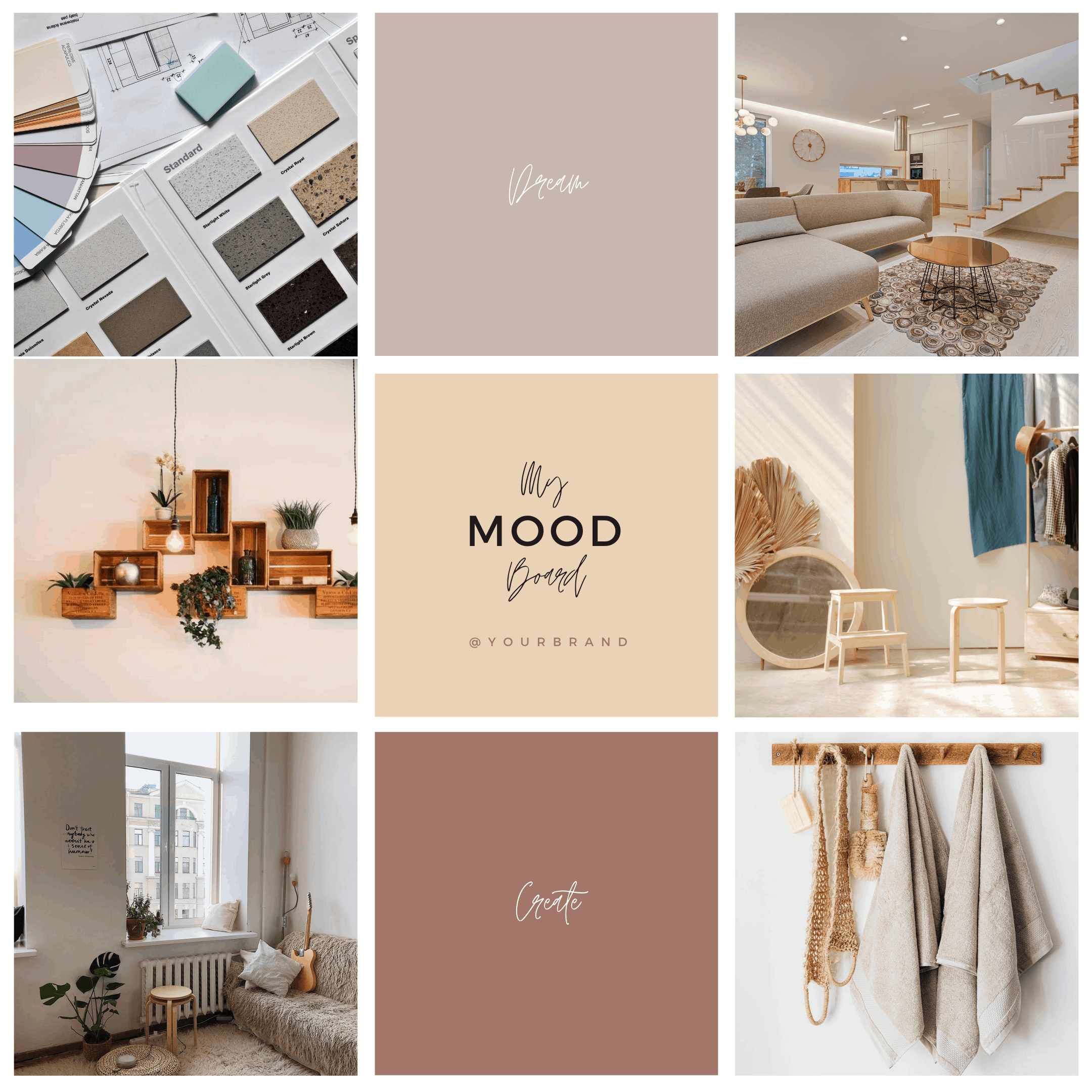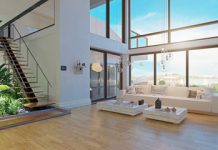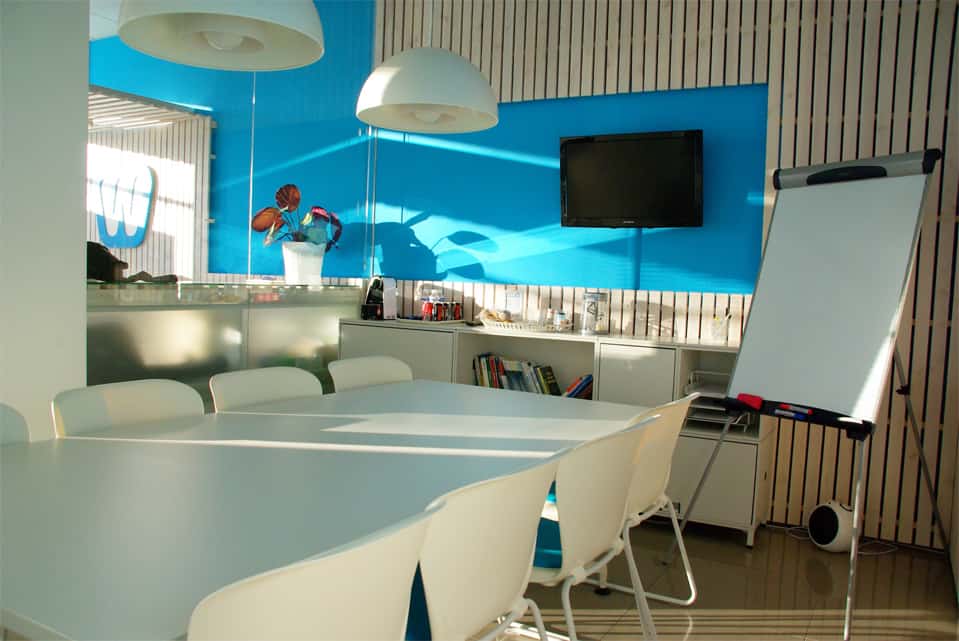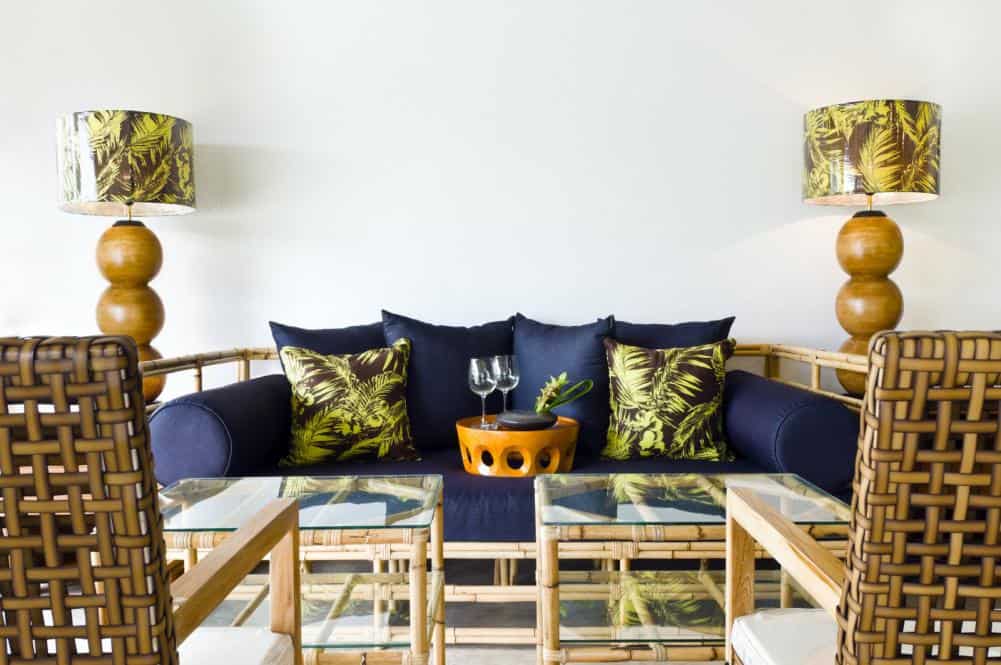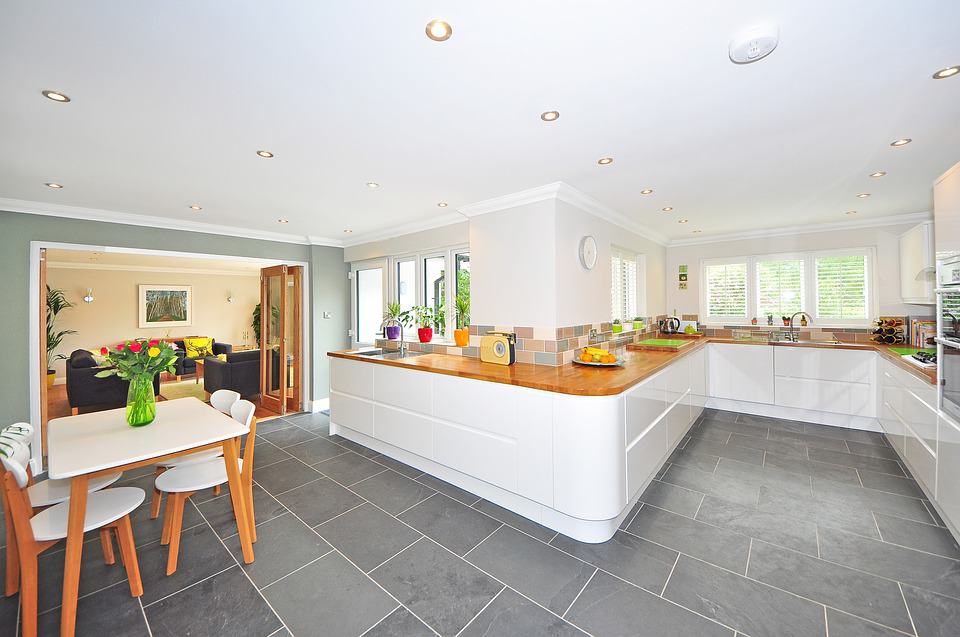Collecting data and putting it in one place is easy but what’s easier is the bifurcation of themes into one category without having to do a tedious job of cutting out paper outlets, finding proper textures, pictures and colour palettes. That’s what the mood boards do. Works as an interior designer’s assistant in handling the client’s and keeping in mind their preferences while making their work easier. Here is all the information you need on mood boards, why is it useful, how do you create it and some prevalent themes.
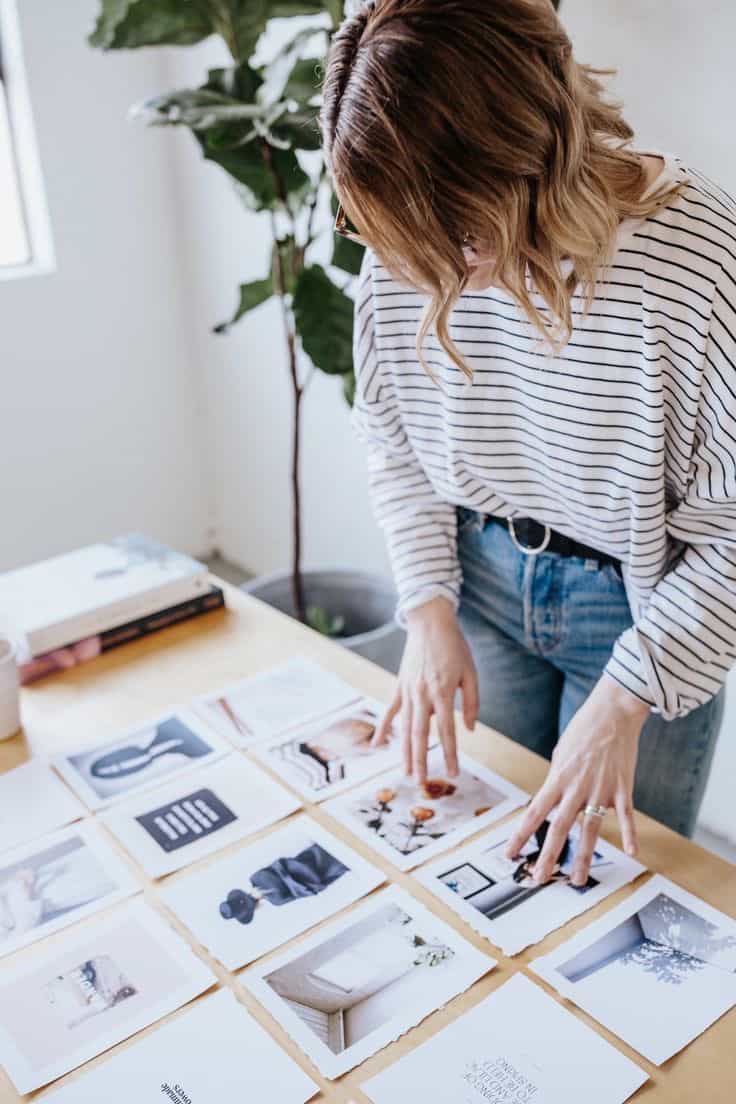 Image source – Pinterest.com
Image source – Pinterest.com
What are mood boards in Interior Design?
Everyone loves organised spaces that are well defined and exquisite which reflects their cheerful or subjective mood. Therefore, mood boards exist. Mood boards are created to exemplify an interior designer’s imagination about the place they want to design. It visualises every nook and corner of the place from textures, accessories, pictorial representation to colour palette based on a particular theme that reflects the client’s mood.
How are mood boards useful?
Supposedly, you are an interior designer and you have a lot in mind when it comes to themes and choosing required articles as per the former themes but while presenting it to the client, it becomes a bit tedious; that’s when mood boards come into view, with the crystal clear visuals of the interior’s imagination.
After the designer has created a board with their choice of pieces, the clients can then give their response on how they found, whatever that was created. Along with the visuals, the textures and the accessories that are also editable and preferred by the clients reflecting their moods and tastes.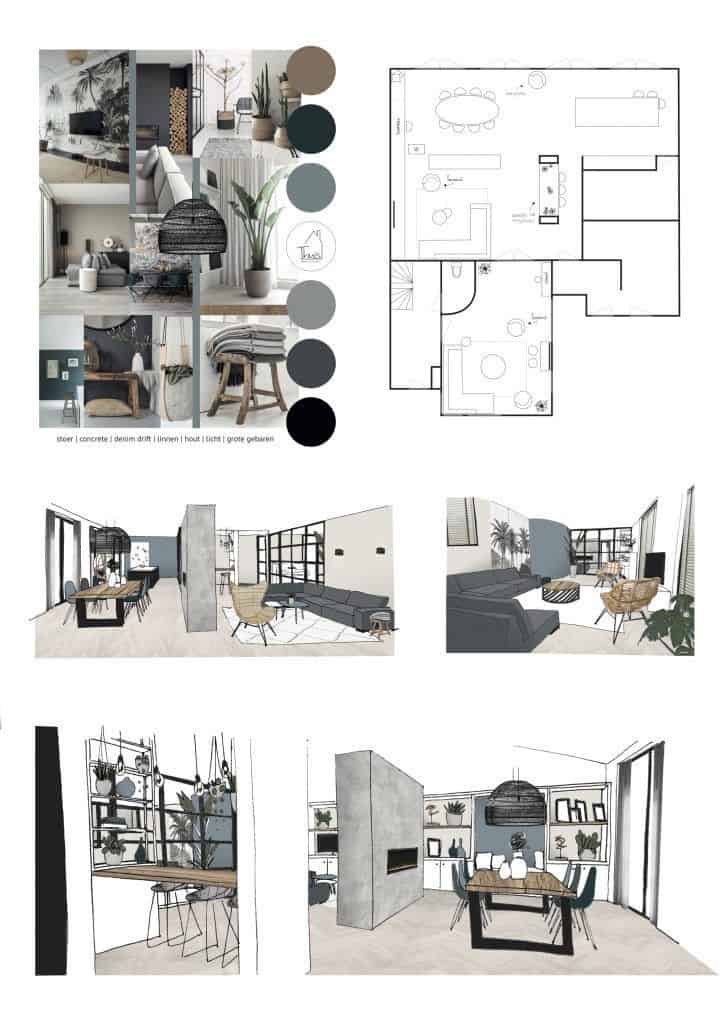 Image source – Pinterest.com
Image source – Pinterest.com
Mood boards are usually called the rough/draft sketch before the final ones. The creators usually make this so that they can save some of their precious time and money. Because after jotting down everything in their diary they do not want to run into circles only to come to know that they have been going astray all along. Therefore, these boards are very convenient space to edit, add and refine your interior space.
How to create Pinterest mood boards?
To make your work easier and faster, Pinterest offers the best way to assemble your necessary pins and choices and make a mood board out of it. It helps you to search and drop your preferred pins according to the theme you have selected.
Steps to create your own interior design board on Pinterest
- Start searching for your desired furniture designs that would go particularly with your theme background. Which would enhance your chosen articles a little more.
- As it’s said that “you never get what you desperately desire” same is with your choices on Pinterest. You might necessarily not find it but you would surely find something relative or you can also go to the manufacturer’s website and search for Pinterest pin icon and find all product images.
- After pining your pins, you can recheck it and make sure of the fact that you have covered all important details of your interior space from the general aura of the place to textures, colour palettes, themes and tiniest design elements like tiles, mattresses, wallpapers and other accessories.
- Once you are done assembling the pins and setting up your theme board with your ideal designs, go through it once; add, edit and refine your board in order to sort your second thoughts out about everything according to the mood and vibe that you get while examining it.
3 general themes for your interior spaces mood-boards
1. Earthy tones
These tones contain a colour palette of shades of green, brown, terracotta, blue, orange, and some reds.
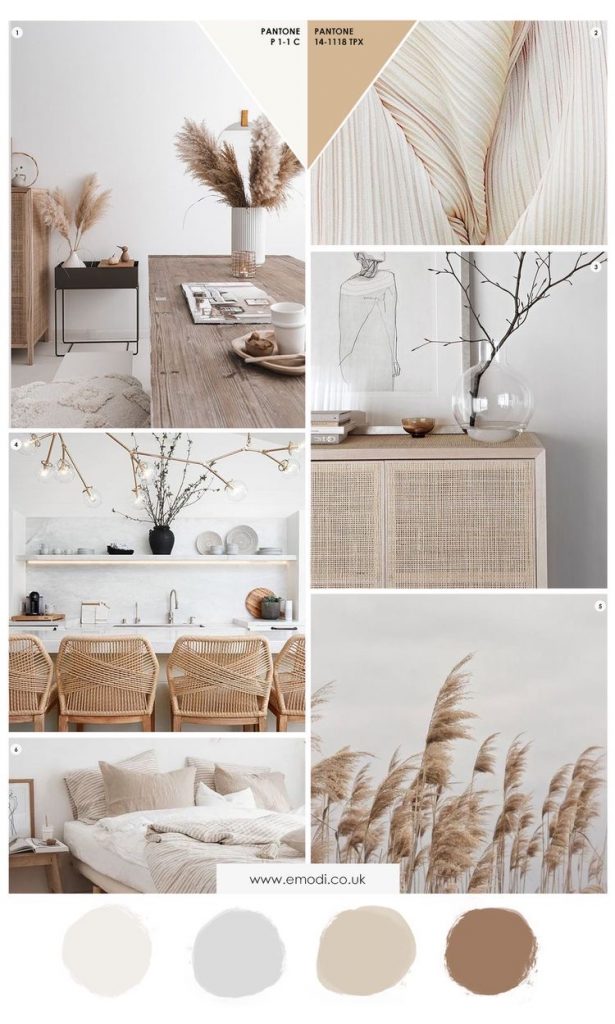
Image source – pinterest.com
- The name itself explains the homely feeling of a place with earthy tones. These are most suitable in open spaces like living rooms or master bedrooms.
- Furniture that would make your spaces look chic and spacious with earthy tones can be wooden accessories, vintage paintings, chocolate walls & orange rugs. Taupe floorings which gives a rustic look to space, fan-shaped headboard, mirror galleries, charcoal coloured chairs with unique contrasts, cream vases and many more that complements the tone.
- These tones make the space look subtle with a tinge of vintage. While forming your mood boards you can add the prior mentioned design elements or search on the Pinterest and pin it down in your board.
2. Pastel tones
Pastel colours include the lightest shade of purple, pink, blue, red, green and many more which are exquisite to make your space look calm and organised enough.
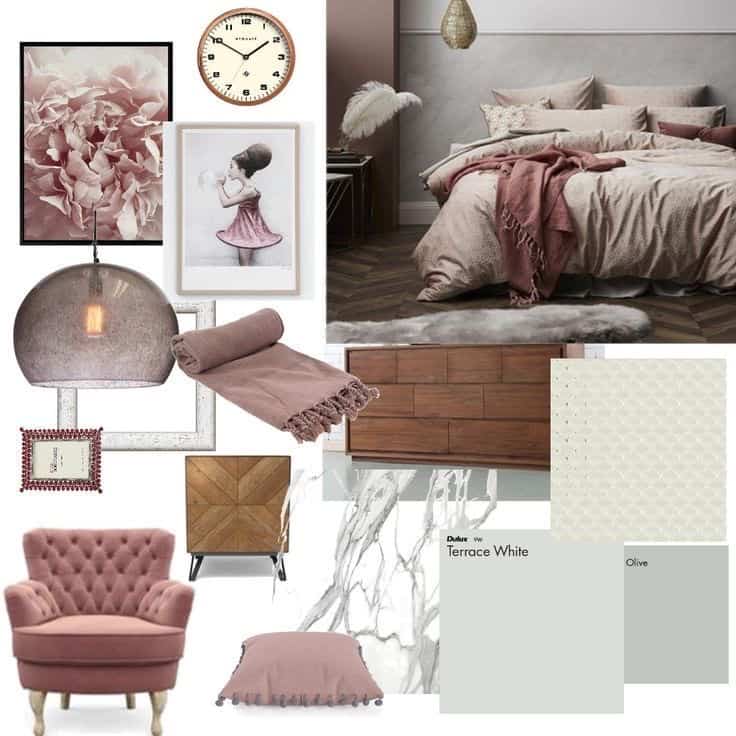
Image source – pinterest.com
- While taking a pastel tone for your space, the furniture that would go with those tones can be pastel coloured cushions, white but printed frames, any dark colour accessories not too enhancing otherwise that become the centre of attraction, pastel colour rugs, and things added with client’s appraisal.
- Pastel tone mood-board with proper accessories would soothe a person’s eye with the dim light they reflect and comfort they enhance.
3. Modern tones
All the contemporary styles are used for modern tones like black, white, and neutrals. These colours are often complemented with bold colours which work against neutrals but also glorifies the space.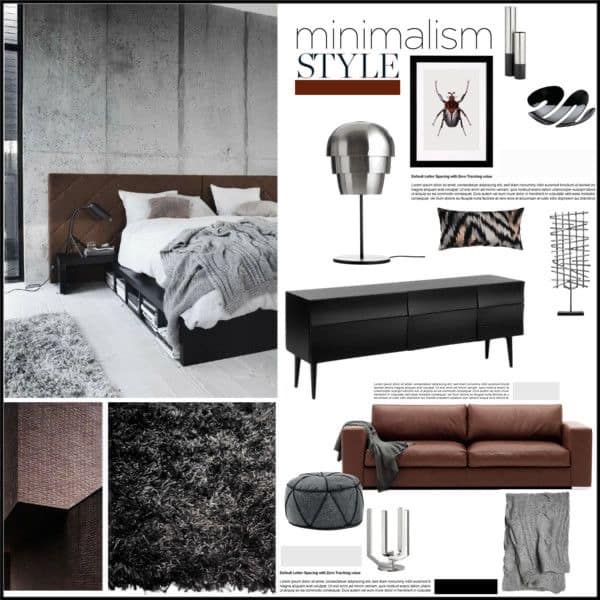
Image source: pinterest.com
- Furniture that would limelight the tonnes could be in the bold colours like golden, maroon, grey, mustard mist floorboards, headboards, accessories, windows and beds everything that would suffice and compliment the modern designs.
- These tonnes are used in mood boards to spot down the spaces of adults of 19th century who like to keep the bold aura around them along with organised and ravishing tastes.

